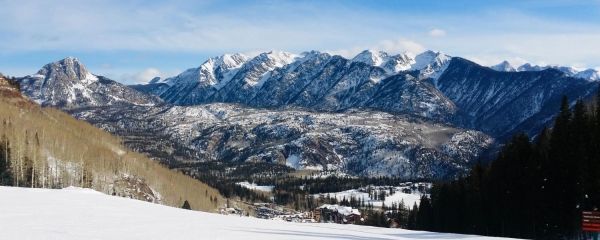Historically, this method has accurately predicted whether large areas of the western U.S. will experience drought and to what degree. But new research from CU Boulder suggests that during the 21st century, our ability to predict drought using snow will literally melt away.
By mid-century, over two-thirds of western U.S. states that depend on snowmelt as a water source will see a significant reduction in their ability to predict seasonal drought using snowpack, according to the new study out today in Nature Climate Change. As we approach 2100, this area impacted by reduced drought prediction ability will increase to over 80%.
While measurements of soil moisture, rainfall and temperature can all help assess the chances of coming drought, even when those are taking into consideration, two-thirds of western states are projected to lose much of their ability to predict it.
“Although these other measurements increase a forecast’s accuracy, the loss of snow is something that we’re not going to be able to compensate for easily,” said Ben Livneh, author of the paper and a Fellow in the Cooperative Institute for Research In Environmental Sciences (CIRES).
Continue reading at University of Colorado at Boulder
Image via University of Colorado at Boulder


